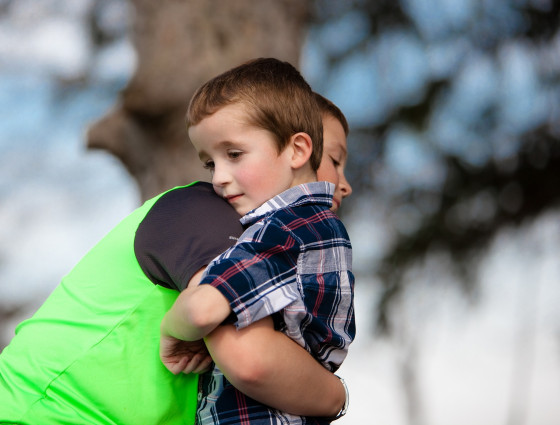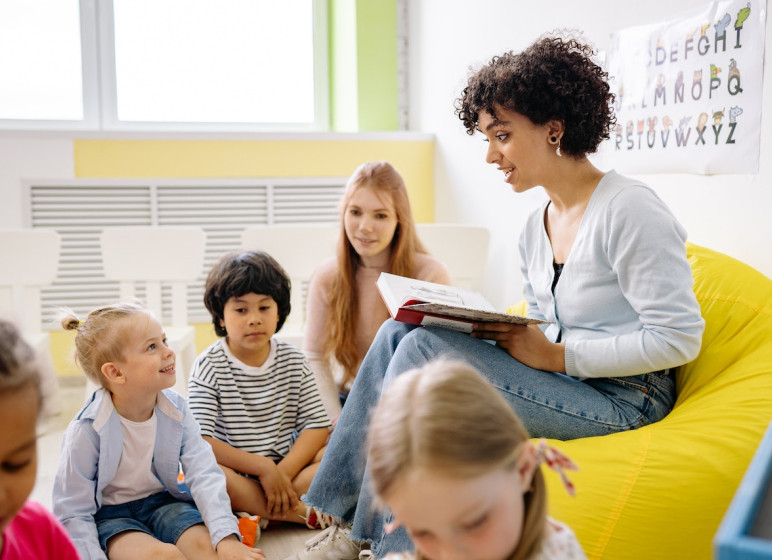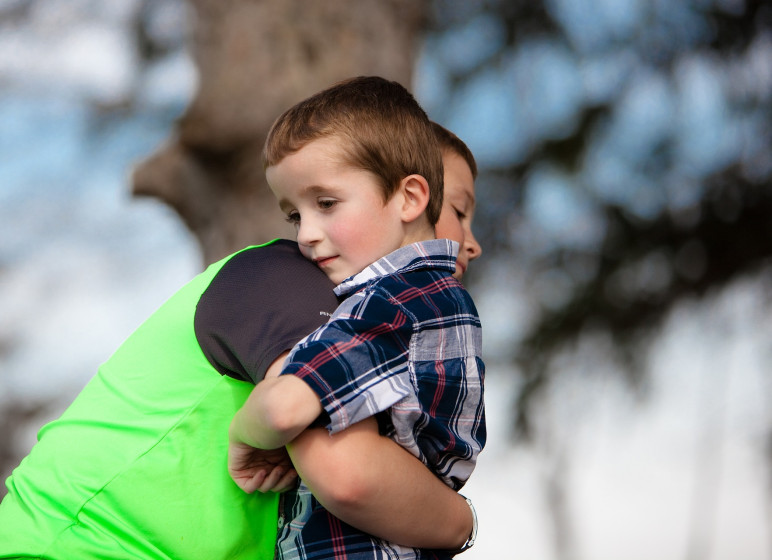
What is SEND?
The term SEND is used if a child or young person has a Special Educational Need and/or Disability.
A child or young person of compulsory school age is said to have SEND if they:
- have a significantly greater difficulty in learning that the majority of others of the same age
- have a disability which prevents or hinders them from making use of educational facilities of a kind generally provided for others of the same age in mainstream schools or mainstream post-16 institutions
Children with SEND may need extra help or support, or special provision to allow them to have the same opportunities as other children of the same age.
Disabilities
Many children and young people who have SEN may also have a disability. A disability is described in law as 'a physical or mental impairment which has a long-term (a year or more) and substantial adverse effect on their ability to carry out normal day-to-day activities.'
The Equality Act 2010 contains more information about what a disability is and what should be done by early years providers, schools, colleges, other educational settings and local authorities to support children and young people with a disability.
The Worcestershire County Council disabilities section of the website has information on a range of different services and support options available.
Useful links
SEND code of practice: 0 to 25 years– this statutory guidance explains the duties of local authorities, health bodies, schools and colleges to provide for those with special educational needs and disabilities
SEND guide for parents and carers – this government guide explains how the system that supports children and young people with SEND works
Sometimes words and abbreviations are used by professionals and services which are unfamiliar. We have included links here to a Glossary on the SENDIASS website and a Jargon Buster on Worcestershire’s Healthwatch site, which we think you may find useful.
Glossary Information - SENDIASS Worcestershire and Herefordshire


 Facebook
Facebook X
X Email
Email WhatsApp
WhatsApp Messenger
Messenger